Home>Articles>What Is One Of The Basic Hand Tools That An Interior Search And Rescue Team Should Carry?
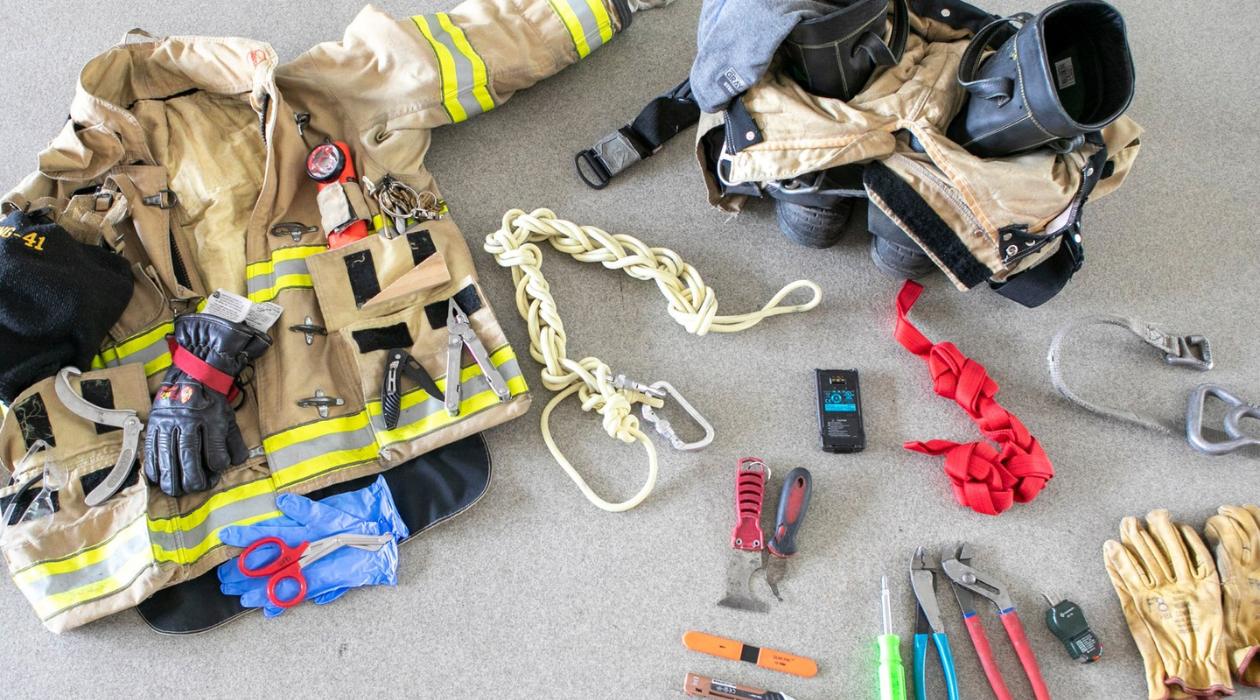

Articles
What Is One Of The Basic Hand Tools That An Interior Search And Rescue Team Should Carry?
Modified: January 22, 2024
Learn about the essential hand tool that every interior search and rescue team should have in their arsenal. Find more informative articles on this topic.
(Many of the links in this article redirect to a specific reviewed product. Your purchase of these products through affiliate links helps to generate commission for Storables.com, at no extra cost. Learn more)
Introduction
When it comes to interior search and rescue missions, having the right tools can mean the difference between life and death for both the victims and the rescue team. One of the most basic and crucial components of any search and rescue operation is a set of reliable hand tools. These tools not only assist in accessing trapped or confined spaces, but they also aid in breaking through debris, creating pathways, and providing essential support for the team members.
In a high-stakes environment where time is of the essence, it is imperative for an interior search and rescue team to be equipped with a variety of hand tools that can handle different scenarios and challenges they may encounter. In this article, we will explore the importance of these basic hand tools and discuss some essential items that every interior search and rescue team should carry.
Key Takeaways:
- Equipping an interior search and rescue team with essential hand tools, such as flashlights, pry bars, and multi-tools, is crucial for efficient navigation, breaching obstacles, and ensuring the safety of both rescuers and victims.
- Proper maintenance and comprehensive training in the use of hand tools are vital for the safety and effectiveness of interior search and rescue teams. Regular cleaning, inspection, and familiarization with safety guidelines contribute to successful rescue operations.
Importance of Basic Hand Tools in Interior Search and Rescue
Basic hand tools play a vital role in interior search and rescue operations as they enable the team to efficiently and effectively navigate through challenging environments, locate and extricate individuals, and provide necessary assistance in emergency situations. These tools not only assist in the physical act of rescuing, but they also enhance the safety and protection of both victims and rescuers. Let’s explore the importance of these tools in more detail.
Accessing Confined Spaces: Hand tools such as pry bars, wrenches, and bolt cutters are essential for gaining access to cramped and confined spaces. In situations where doors are jammed or impassable, these tools can be used to pry open doors, remove hinges, or cut through locks, allowing the team to reach victims in need of help.
Breaching and Breaking: During search and rescue missions, it is common to encounter debris, obstacles, or structural elements that impede progress. Hand tools like crowbars, axes, and hammers are invaluable for breaching walls, breaking through obstacles, or creating pathways. They can be used to dismantle or dislodge heavy materials, ensuring a safe passage for both rescuers and victims.
Extrication and Lifting: In situations where individuals are trapped or pinned under heavy objects, hand tools such as jacks or pry bars can be used to lift or stabilize the objects, allowing for safe extrication. These tools provide the necessary leverage and mechanical advantage to move or support heavy loads, minimizing the risk of further injury to the victims or rescue team.
Cutting and Clearing: Rope, hand saws, and bolt cutters are indispensable when it comes to cutting through various materials, such as ropes, wires, or metal. These tools enable the team to clear pathways, free entangled victims, and remove hazards that may obstruct the rescue operation.
Protection and Safety: Hand tools also serve an important role in ensuring the safety of the rescue team. Gloves, for example, protect rescuers’ hands from sharp objects, debris, or hazardous materials. Flashlights provide visibility in dark and confined spaces, reducing the risk of accidents or injuries.
With these points in mind, it becomes evident that basic hand tools are not only essential but vital for interior search and rescue operations. They enable quick access, facilitate safe navigation, aid in extrications, and enhance overall efficiency and effectiveness of the rescue team. The proper selection, maintenance, and training in the use of these tools are crucial elements that ensure the success of any search and rescue mission.
Essential Hand Tools for an Interior Search and Rescue Team
When it comes to equipping an interior search and rescue team, having a comprehensive set of essential hand tools is crucial. These tools enable the team to effectively respond to a wide range of emergency situations and assist in rescue efforts. Let’s take a closer look at some of the must-have hand tools for an interior search and rescue team:
- Flashlights: Flashlights are a fundamental tool for any search and rescue operation, providing illumination in dark and confined spaces. They help rescuers navigate through obstacles, locate victims, and assess the surroundings in low-light conditions.
- Multi-tool: A multi-tool is a versatile and compact tool that combines various functions into one convenient device. It typically includes pliers, knives, screwdrivers, saws, and other essential tools. A multi-tool is invaluable for tasks that require precision and versatility, making it an essential tool for any search and rescue team.
- Pry bar: A pry bar is an essential tool for gaining access to confined spaces. It can be used to pry open doors, remove obstructions, or create openings in debris. The versatility and leverage provided by a pry bar are crucial for successful rescue missions.
- Rope: Rope is an indispensable tool for a variety of search and rescue purposes. It can be used to create makeshift harnesses, secure equipment, or perform rope rescues. A strong and durable rope is essential for ensuring the safety of victims and rescue personnel.
- Gloves: Protective gloves are essential for the safety of search and rescue team members. They provide protection against sharp objects, debris, and potential exposure to hazardous materials. Strong and durable gloves with good grip are essential for safely handling materials and performing various tasks during rescue operations.
- Axe: An axe is a valuable tool for breaching walls, doors, or obstacles. It can be used to create openings and access points, allowing for efficient entry or exit. An axe with a sturdy handle and sharp blade is essential for making quick progress in rescue situations.
- Breaching tool: A specialized breaching tool, such as a battering ram or hydraulic door opener, is essential for situations that require forced entry or overcoming reinforced barriers. These tools provide the necessary power and force to breach doors or break through other obstacles, enabling access to victims or safe evacuation routes.
- Shovel: A shovel is a versatile tool that can be used for a variety of purposes during rescue operations. It can be used to dig through debris, clear pathways, or create temporary supports. A sturdy shovel with a sharp edge is essential for effectively managing obstacles and creating safe working conditions.
- Bolt cutters: Bolt cutters are essential for cutting through locks, chains, or metal bars. They are invaluable for situations where quick access or extrication is required. High-quality bolt cutters with strong jaws and comfortable handles are vital for efficient cutting operations.
- Crowbar: A crowbar is a versatile tool that can be used for prying, lifting, or moving heavy objects. It is particularly useful in situations where victims are trapped under debris or need to be freed from entangled materials. A crowbar with a strong and durable construction provides the necessary leverage for successful rescue efforts.
- Hand saw: A hand saw is a compact and portable tool that can be used for cutting through various materials, such as wood or plastic. It is invaluable for creating openings, clearing pathways, or performing precision cuts. A sharp and sturdy hand saw is essential for efficient and effective cutting operations.
- Hammer: A hammer is a basic yet essential tool in search and rescue operations. It can be used for breaking through walls, dislodging obstacles, or securing structures. A hammer with a strong head and ergonomic handle ensures effective force application and minimizes fatigue for rescuers.
- Wrench: A wrench is essential for tasks that involve tightening or loosening nuts, bolts, or fittings. It is particularly useful in situations where fasteners need to be adjusted or removed. A set of adjustable wrenches of various sizes is ideal for tackling different tasks during search and rescue missions.
Equipping an interior search and rescue team with these essential hand tools ensures that they are prepared for a wide range of emergency situations. These tools not only assist in accessing confined spaces and breaching obstacles but also provide the necessary support and protection for both the rescuers and victims. Regular maintenance, proper training, and familiarity with the use of these tools are essential to ensure their optimal performance during rescue operations.
A basic hand tool that an interior search and rescue team should carry is a sturdy and reliable multi-tool. This versatile tool can be used for a variety of tasks, such as cutting, prying, and tightening, making it an essential item for any rescue operation.
Considerations When Selecting Hand Tools for an Interior Search and Rescue Team
Choosing the right hand tools for an interior search and rescue team is a critical decision that can greatly impact the success of a rescue mission. Here are some key considerations to keep in mind when selecting hand tools for an interior search and rescue team:
Reliability and Durability: The tools chosen should be reliable and durable enough to withstand the demanding and unpredictable situations encountered during search and rescue operations. Look for tools made from high-quality materials that can withstand heavy use and harsh environments without compromising their functionality. Tools with reinforced handles, corrosion-resistant coatings, and sturdy construction are essential for reliability and longevity.
Versatility: It is important to select hand tools that can serve multiple functions to maximize their utility. Opt for tools that have multiple features or attachments, such as multi-tools or combination tools. These versatile tools can help the rescue team tackle a variety of tasks with minimal equipment and weight.
Ergonomics: Rescue missions often require prolonged use of hand tools, so it is essential to select tools with ergonomic designs that reduce fatigue and improve comfort. Look for tools with comfortable handles, non-slip grips, and balanced weight distribution. Ergonomic tools help prevent injuries and allow rescuers to work efficiently for extended periods.
Portability: Search and rescue missions often involve navigating through confined spaces and challenging environments. It is crucial to choose hand tools that are lightweight, compact, and easily portable. Tools that can be easily carried or stored in rescue gear or backpacks without adding excessive weight or bulk are ideal for quick and efficient response.
Compatibility: Ensure that the selected hand tools are compatible with other equipment and accessories used by the rescue team. This includes compatibility with any specialized attachments, batteries, or power sources. Compatibility ensures seamless integration and efficient use of the tools during rescue operations.
Safety Considerations: Safety is paramount in search and rescue operations. Select hand tools that have safety features to minimize the risk of accidents or injuries. Look for tools with blade locks, safety triggers, or guards that protect fingers and hands during operation. Prioritize tools that have been tested and meet safety standards.
Training and Familiarity: Proper training and familiarity with the selected hand tools are vital for the effective use of equipment during rescue missions. Ensure that team members receive training on proper handling, maintenance, and application of the tools. Familiarity with the tools increases efficiency, reduces errors, and enhances the safety of both rescuers and victims.
Budget Constraints: While it is important to prioritize quality and functionality, it is also necessary to consider budget constraints. Balancing the need for high-quality tools with cost considerations is crucial. Conduct research, compare prices, and choose tools that provide the best value for money without compromising on essential features and durability.
By taking these considerations into account, an interior search and rescue team can select the most suitable hand tools that meet their specific needs and requirements. The right selection of hand tools will contribute to the success and efficiency of rescue operations while ensuring the safety of both rescuers and the individuals being rescued.
Proper Maintenance and Training for Using Hand Tools
Ensuring the proper maintenance and training for using hand tools is essential for an interior search and rescue team to effectively and safely carry out their operations. Here are some key considerations regarding the maintenance and training of hand tools:
Maintenance:
Regular maintenance of hand tools is crucial to keep them in optimal working condition and extend their lifespan. Here are some maintenance practices to follow:
- Cleaning: After each use, clean the tools thoroughly to remove dirt, debris, and any corrosive substances. Use a brush or cloth to wipe off any residue and ensure that the tools are dry before storing them.
- Inspection: Regularly inspect the tools for any signs of damage, such as cracks, loose parts, or worn-out handles. Replace or repair any damaged parts immediately to prevent accidents or further damage.
- Lubrication: Apply lubricant to moving parts, such as hinges and joints, to prevent rust and ensure smooth operation. Use lubricating oil or grease appropriate for the specific tool.
- Sharpening: Keep cutting tools sharp by regularly sharpening the blades. Dull blades can be dangerous and less effective. Follow proper sharpening techniques or seek professional assistance if necessary.
- Storage: Store the tools in a clean, dry, and temperature-controlled environment to prevent rust and damage. Consider using tool belts, boxes, or racks to organize and protect the tools from impact or accidental damage.
Training:
Proper training in the use of hand tools is crucial for the safety and efficiency of the rescue team. Here are some training considerations:
- Tool Familiarization: Each member of the search and rescue team should be familiar with the specific hand tools they will be using. Training sessions should include hands-on practice, demonstrations, and instruction manuals to ensure a thorough understanding of the tools and their proper use.
- Safety Guidelines: Train team members on safety protocols and guidelines to follow when using hand tools. Emphasize the importance of wearing safety gear, such as gloves and eye protection, and the correct handling techniques to minimize the risk of accidents or injuries.
- Proper Techniques: Teach and demonstrate proper techniques for using each specific tool. This includes how to grip the tool, apply force effectively, and perform tasks safely. Hands-on practice and supervised training sessions are essential to develop proficiency in tool usage.
- Emergency Procedures: Train team members on emergency procedures in case of tool-related accidents or failures. This includes knowing how to handle tool malfunctions, perform first aid if injuries occur, and communicate effectively with the team in emergency situations.
- Continued Education: Encourage ongoing education and training to stay updated on advancements in tool technology, safety practices, and rescue techniques. Attend workshops, conferences, and seminars relevant to search and rescue operations to further enhance knowledge and skills.
By prioritizing proper maintenance and implementing thorough training programs, an interior search and rescue team can ensure that their hand tools are well-maintained and used safely and effectively. Regular maintenance and training not only prolong the lifespan of the tools but also contribute to the overall success and safety of rescue operations.
Read more: Who Carries Task Force Hand Tools
Conclusion
Hand tools are an essential component of any interior search and rescue team’s arsenal. These tools enable rescue personnel to navigate through challenging environments, breach obstacles, and extricate victims with efficiency and effectiveness. By selecting the right hand tools, considering factors such as reliability, versatility, and portability, rescue teams can enhance their capabilities and ensure a successful outcome in emergency situations.
Maintaining hand tools properly, including regular cleaning, inspection, and lubrication, is crucial to ensure their optimal performance and longevity. Additionally, providing comprehensive training for rescue team members on the proper use of hand tools, emphasizing safety protocols and techniques, enhances their skills and minimizes the risk of accidents or injuries during rescue operations.
The selection and maintenance of hand tools should also align with budget constraints, prioritizing quality and functionality while being mindful of costs. By finding the right balance and making informed decisions, rescue teams can equip themselves with the necessary tools without compromising their effectiveness or safety.
In conclusion, hand tools are invaluable assets for interior search and rescue teams. From flashlights and pry bars to crowbars and bolt cutters, each tool serves a specific purpose and contributes to the overall success of rescue operations. By ensuring proper maintenance and providing ongoing training, rescue teams can optimize the utility and lifespan of their hand tools and ultimately save lives in critical situations.
Frequently Asked Questions about What Is One Of The Basic Hand Tools That An Interior Search And Rescue Team Should Carry?
Was this page helpful?
At Storables.com, we guarantee accurate and reliable information. Our content, validated by Expert Board Contributors, is crafted following stringent Editorial Policies. We're committed to providing you with well-researched, expert-backed insights for all your informational needs.
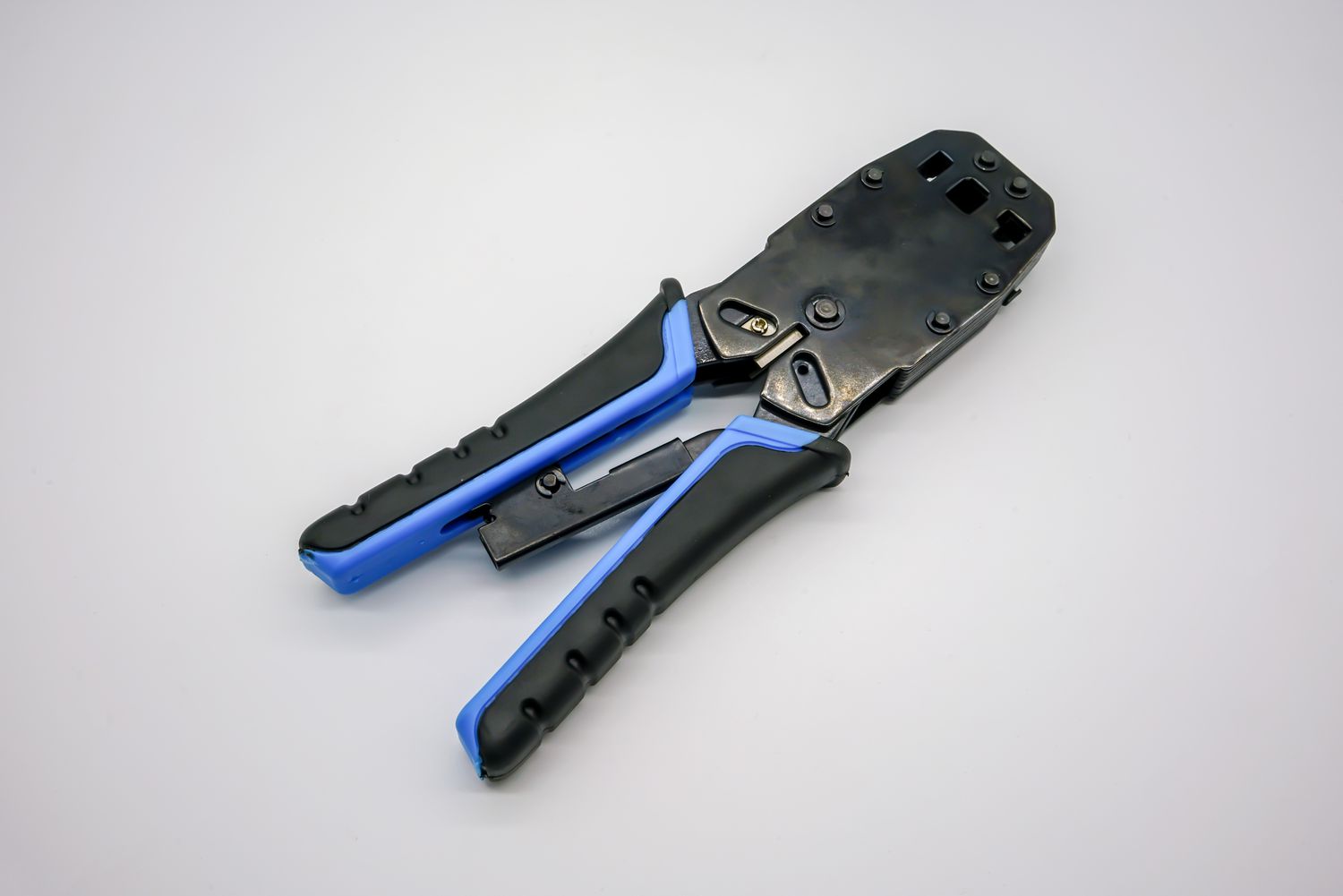
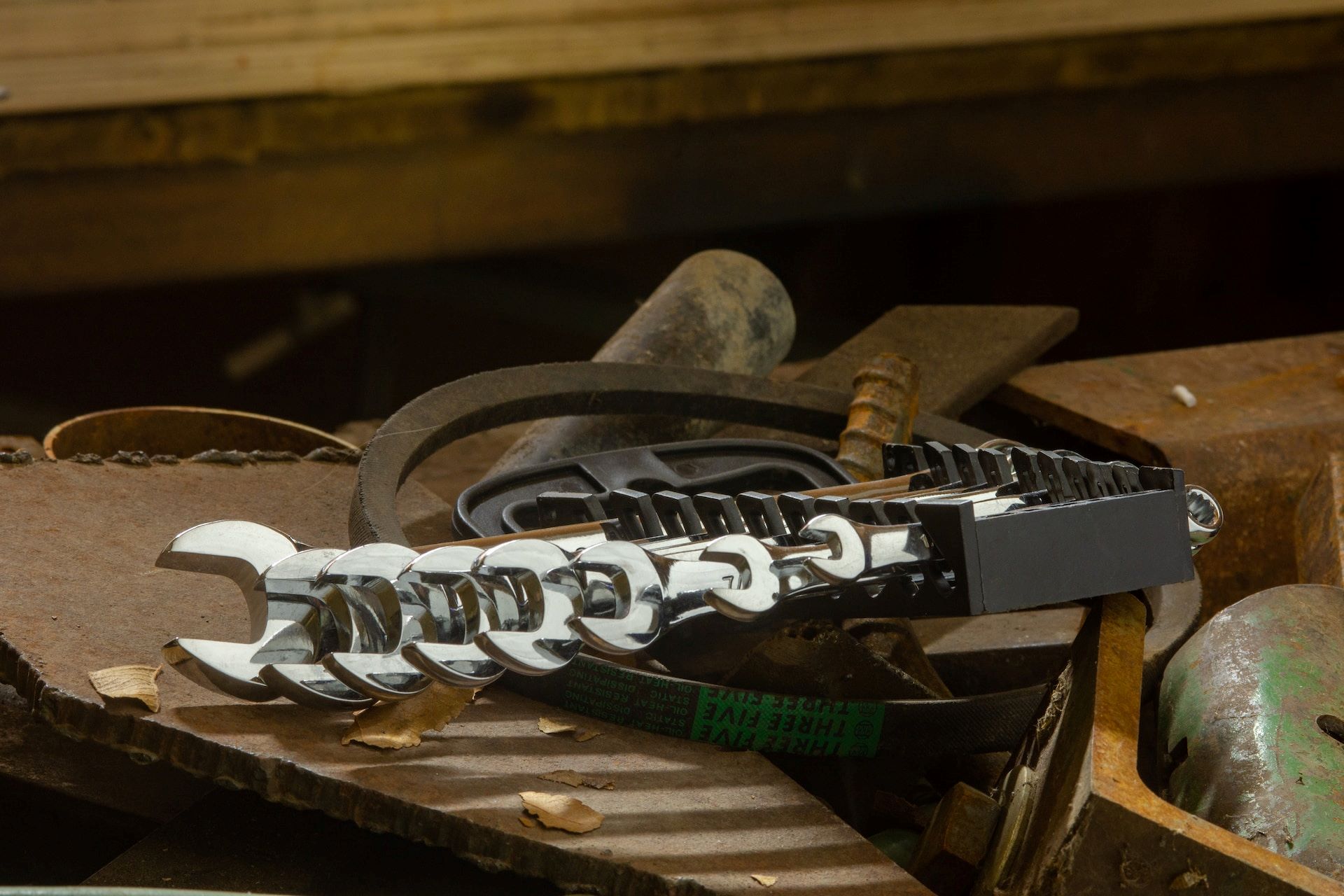
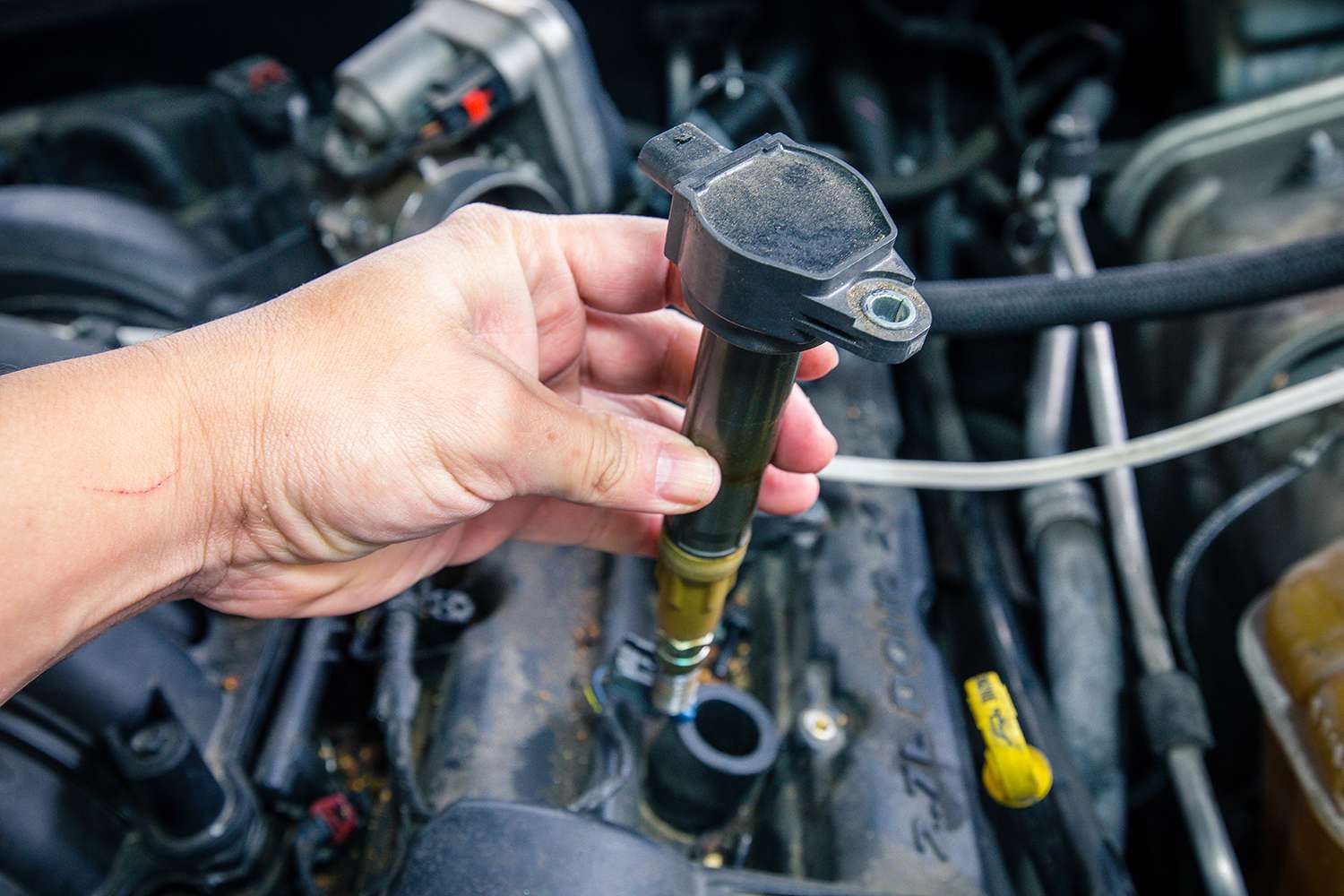
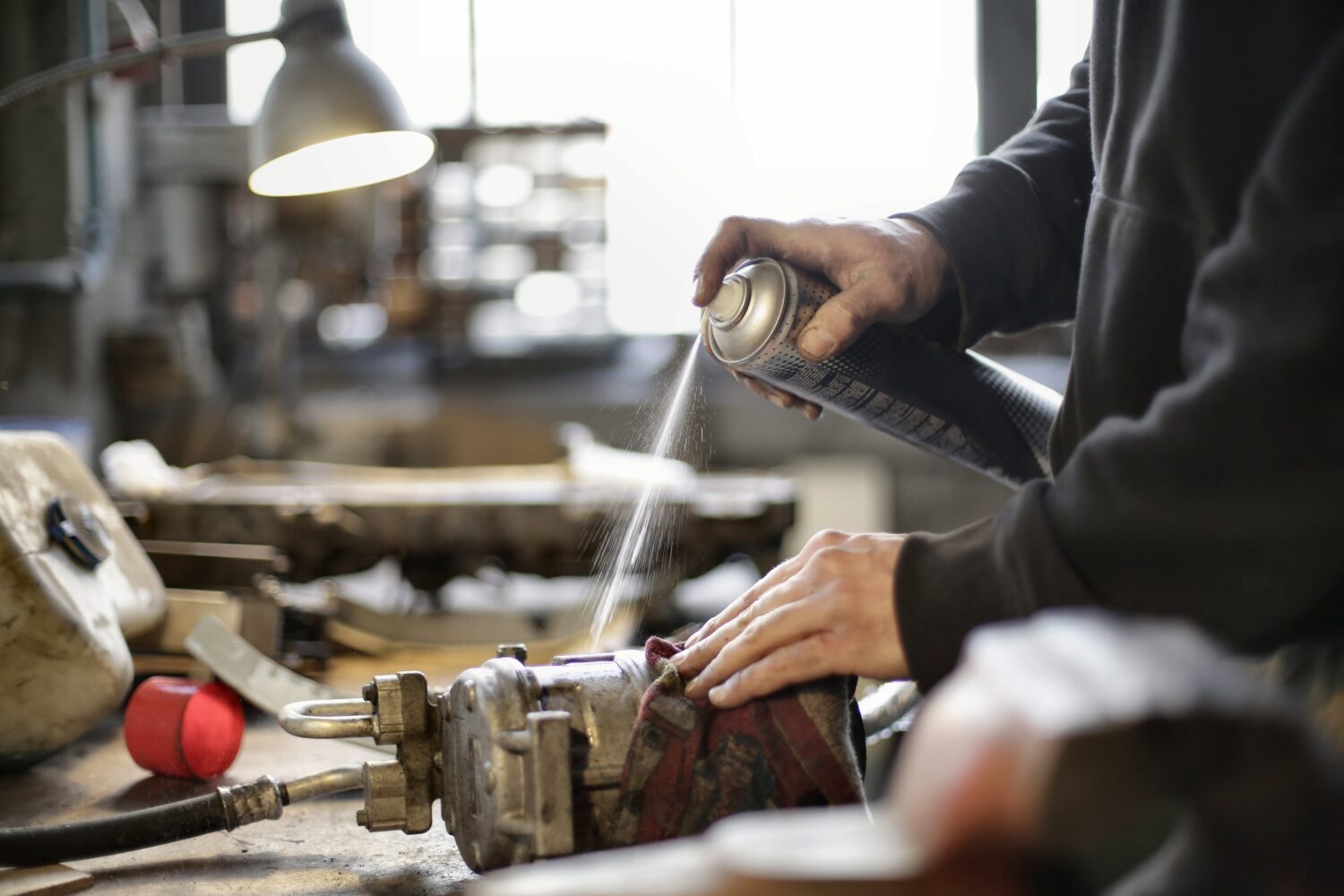
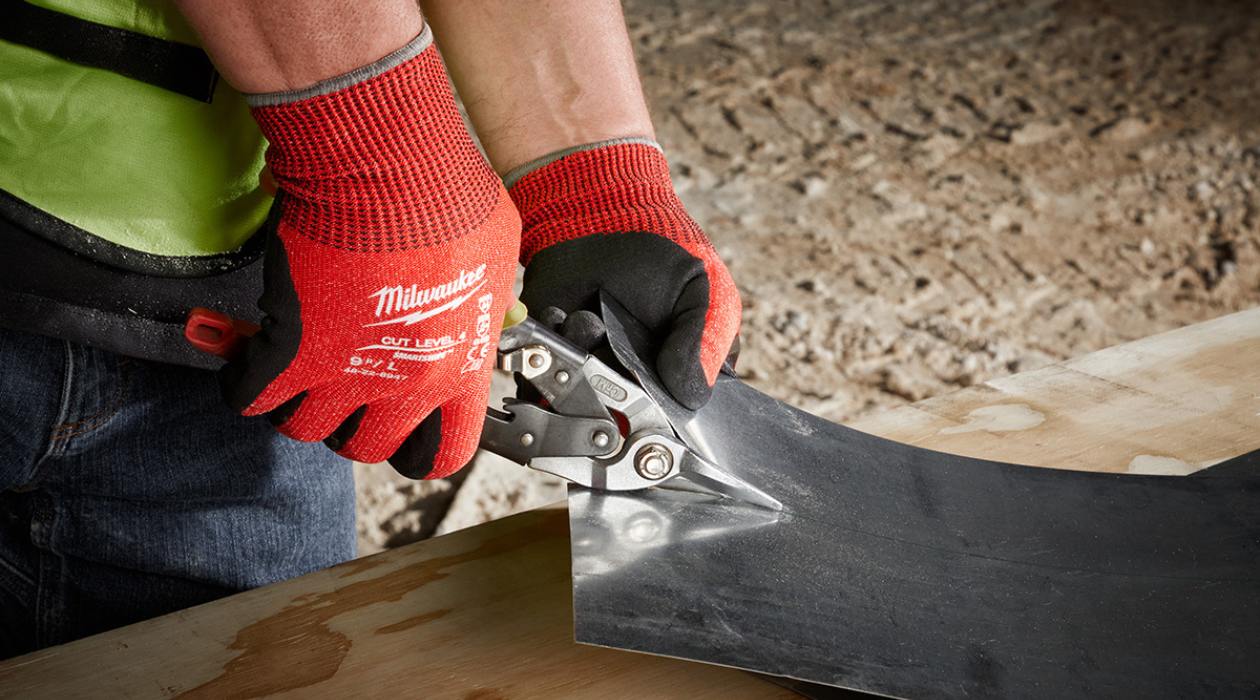
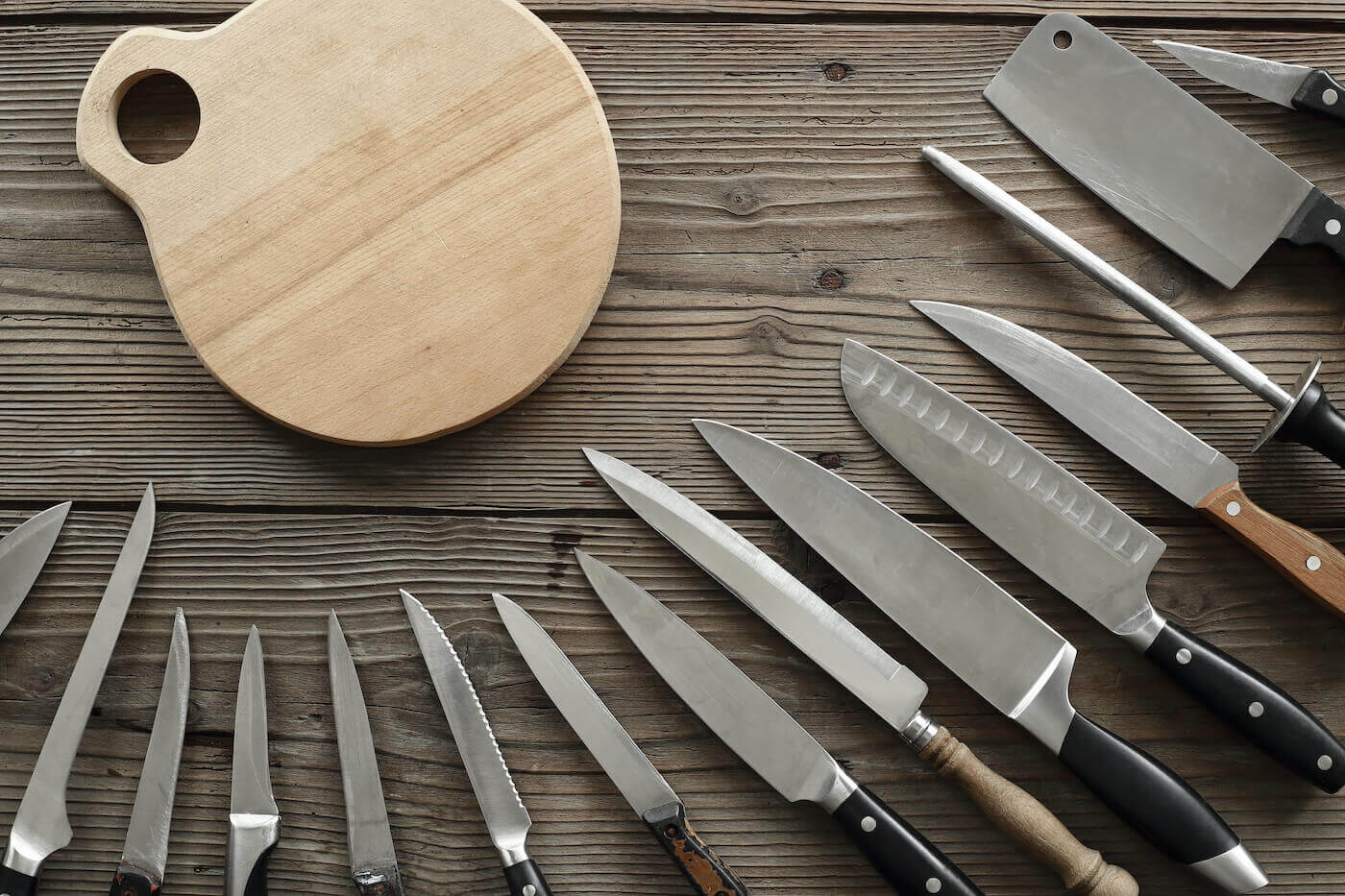
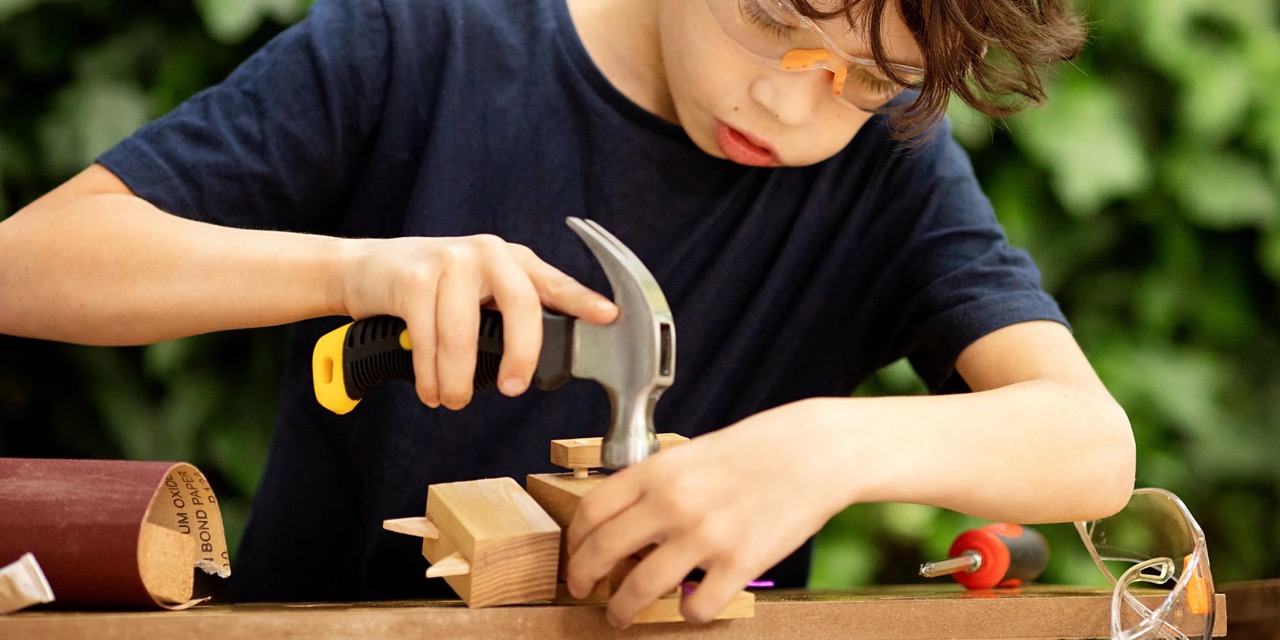
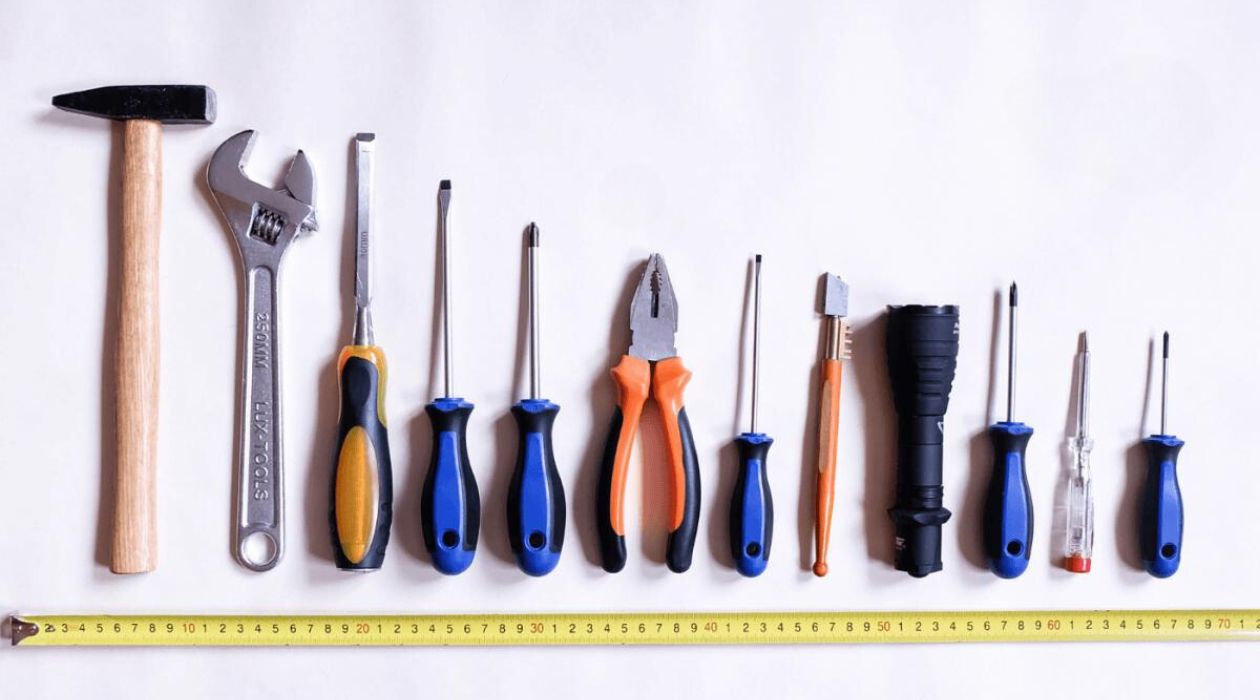
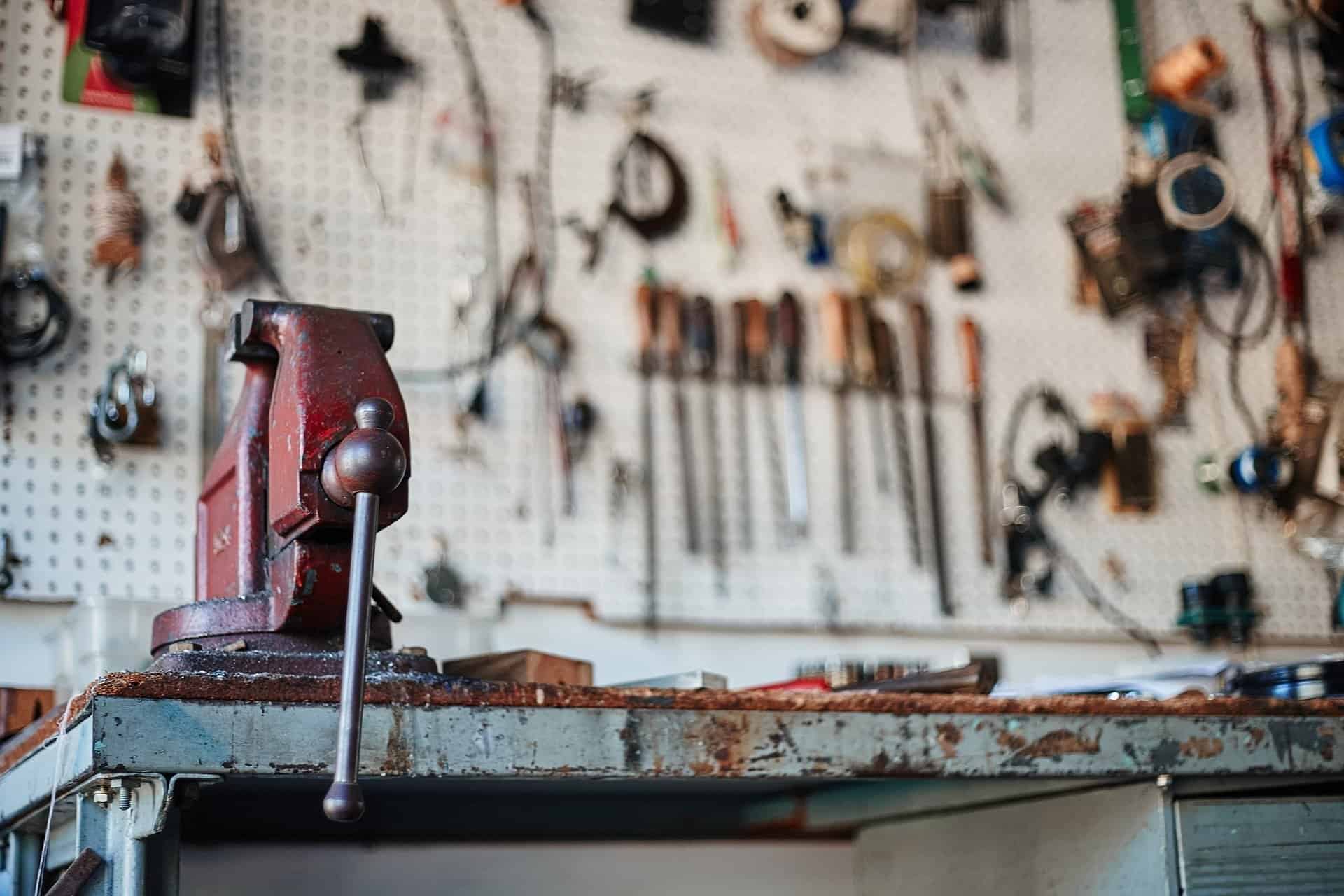
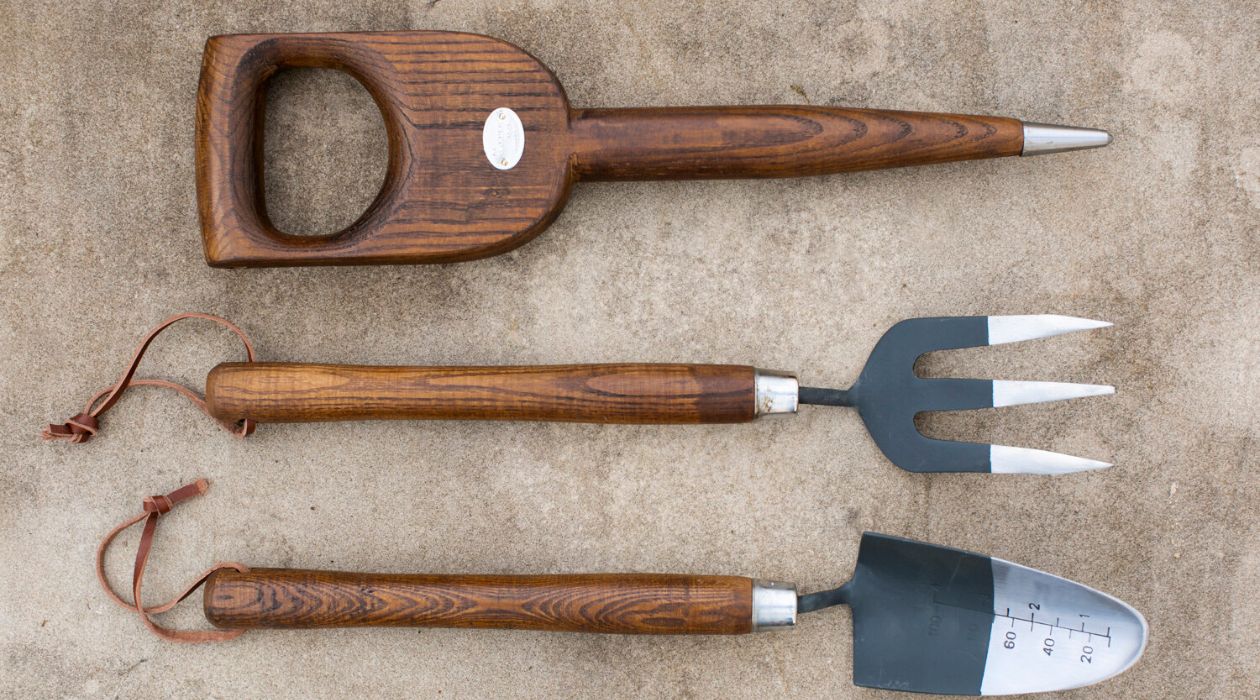
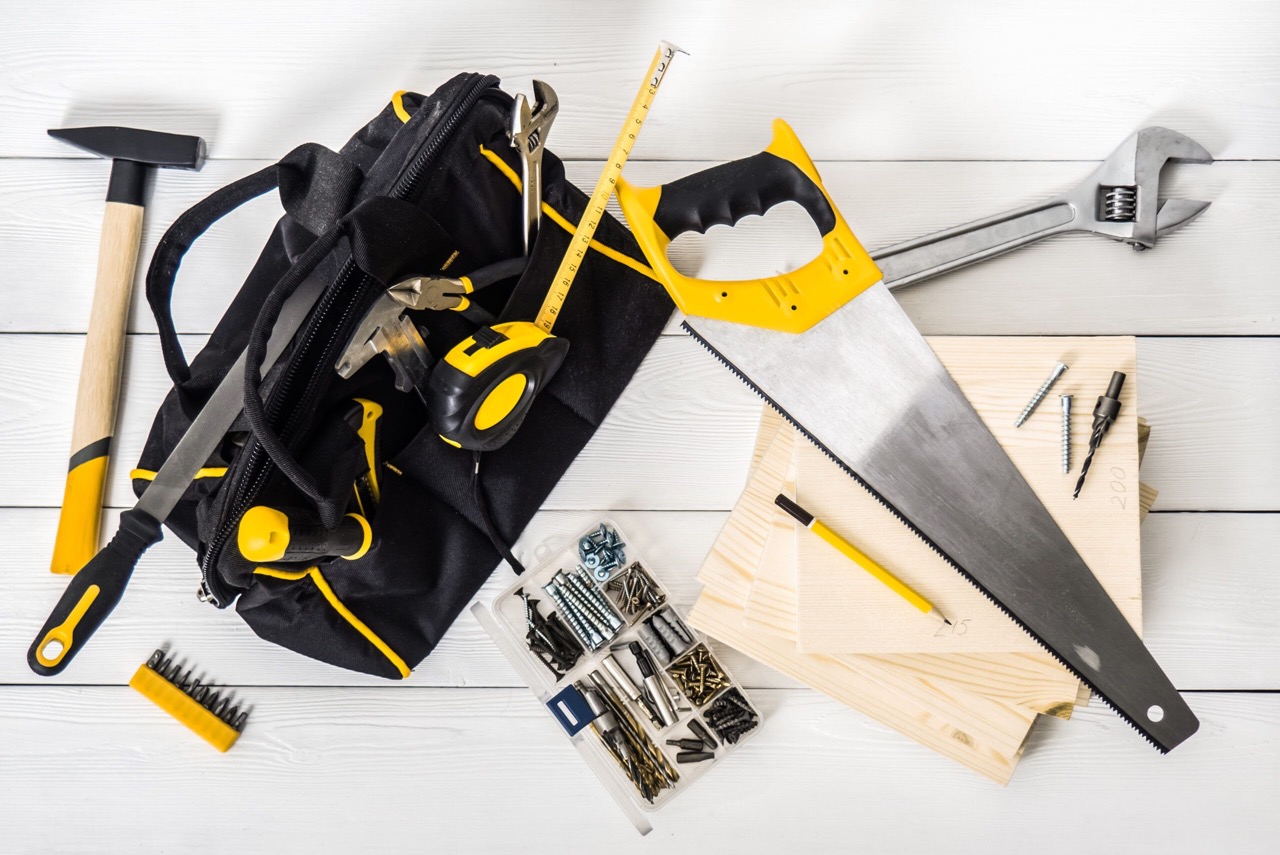

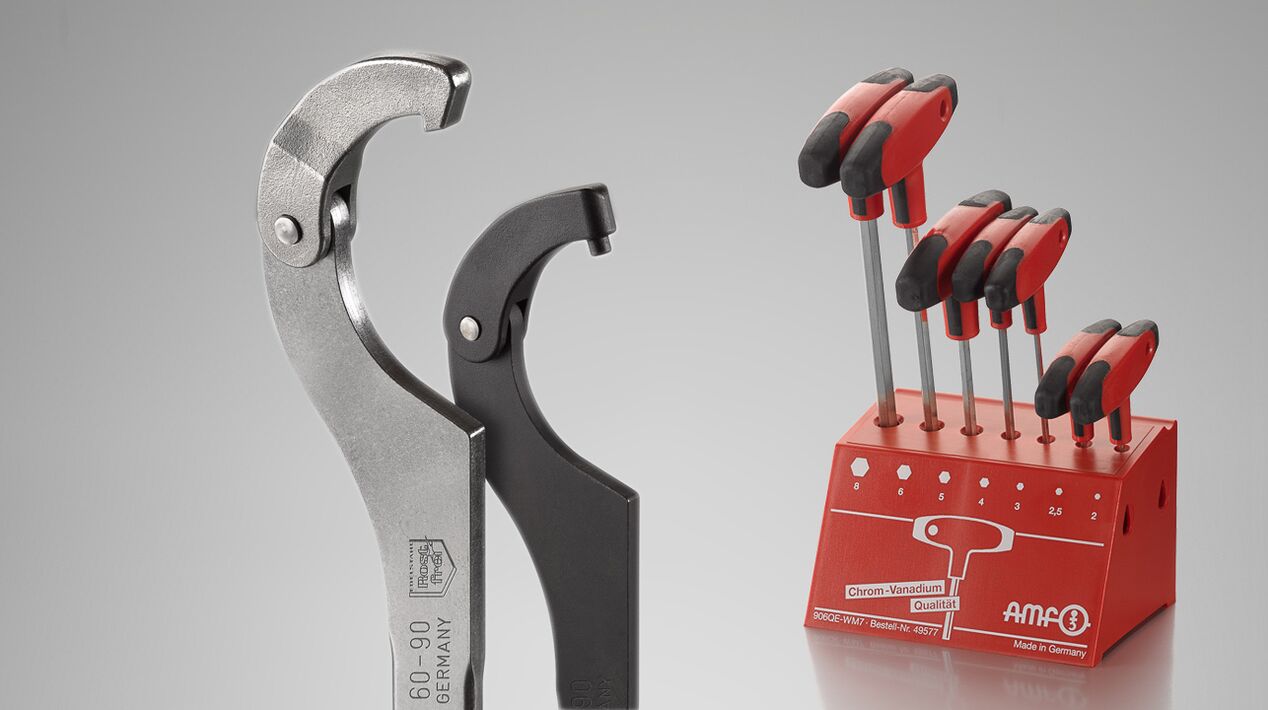
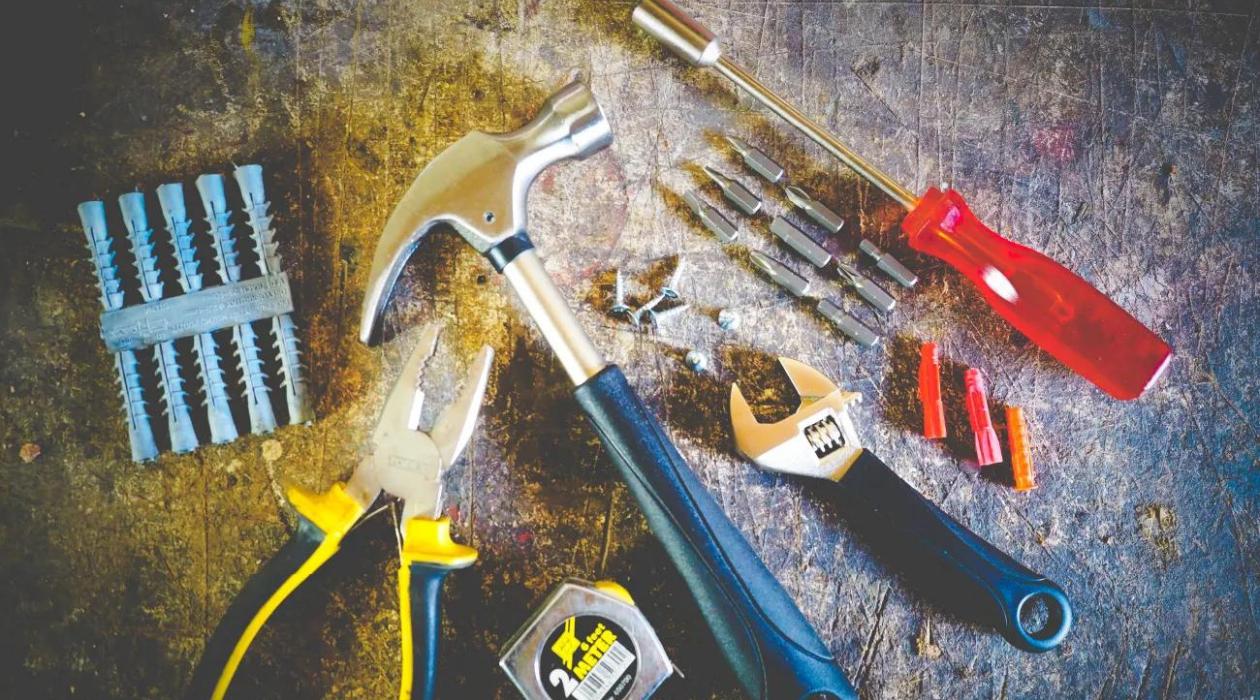

0 thoughts on “What Is One Of The Basic Hand Tools That An Interior Search And Rescue Team Should Carry?”